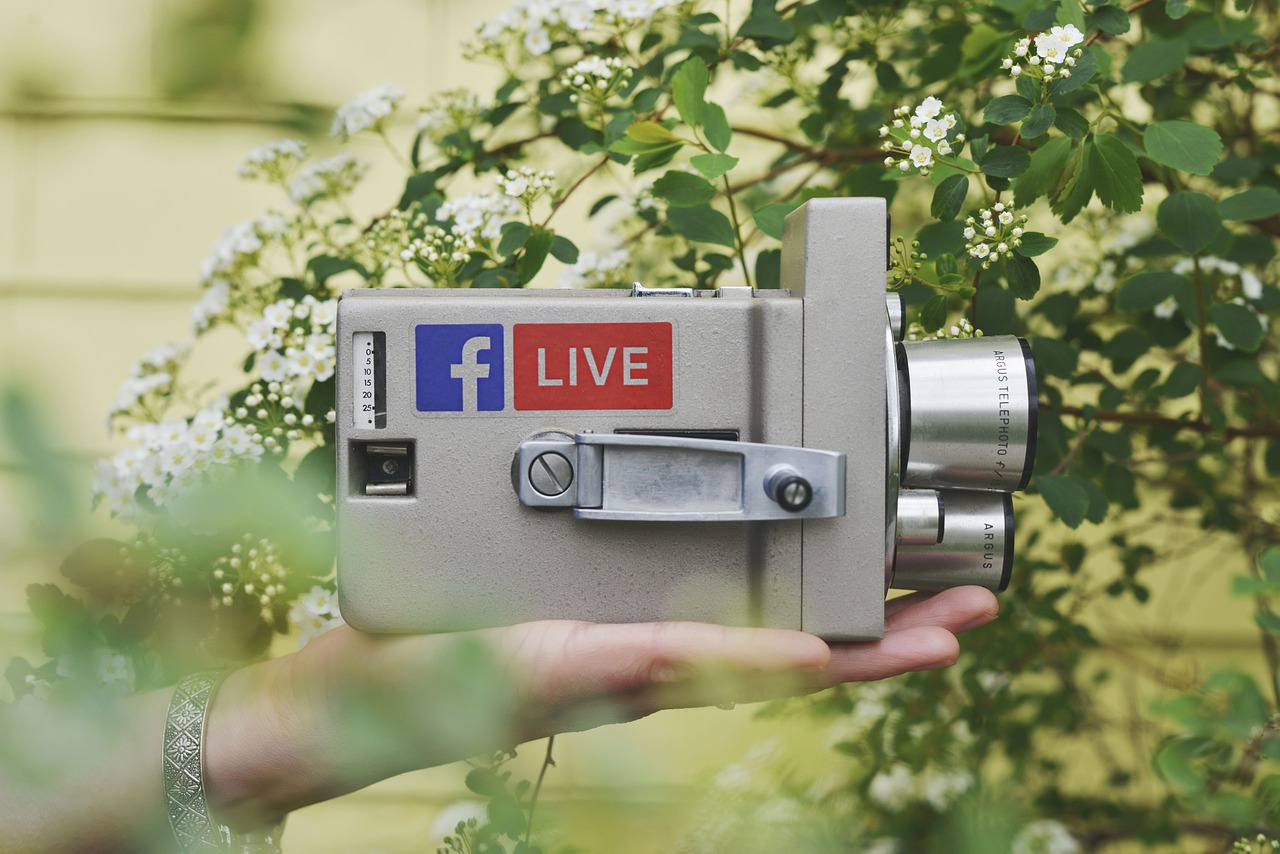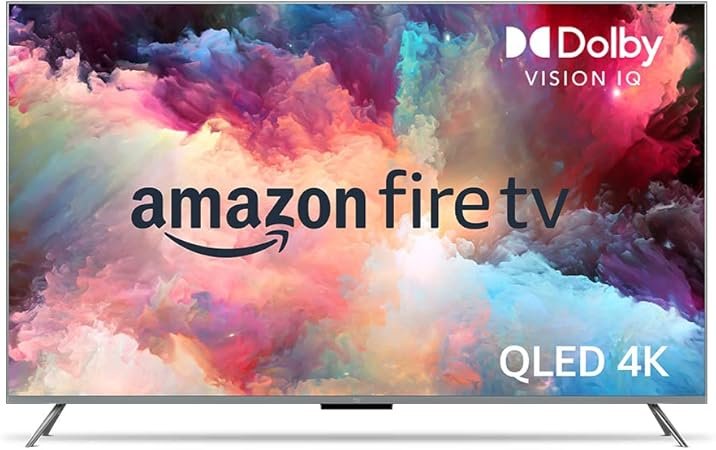In today’s digital age, broadcasting your events live on social media can not only extend your reach but can also provide an interactive platform for your audience. “The Comprehensive Guide to Facebook Event Live Streaming” takes you through all that you need to know. Drawing on experts’ insights, the guide navigates you along the nitty-gritty of setting up a Facebook live event, the technical aspects you should be aware of, the likely challenges you could face and the tools you can leverage to make your live streaming experience smooth and engaging. Regardless of whether you are a newbie or a seasoned live streamer, this guide is the perfect blueprint to help you put on a show-stopping digital event.

The Basics of Facebook Event Live Streaming
Streaming your event on Facebook can help you reach a broader audience and engage with viewers in real-time. Not only is this tool beneficial for increasing visibility to those who may not be able to attend in person, but it’s also fantastic for increasing the overall interaction and excitement surrounding your event.
Understanding Facebook Event Live Streaming
Facebook event live streaming is an exciting feature offered by Facebook that allows you to broadcast your event in real-time to those on your event page. It’s a fantastic way to draw more people into the event and create heightened levels of engagement that might not typically be possible in a standard event scenario.
How Facebook Events and Live Streaming Work Together
Facebook Live events works seamlessly with the existing Facebook Events platform. When you create an event on Facebook, you can then choose to broadcast it live to your attendees and followers. By combining both of these features, you can create a fully integrated and engaging event experience for everyone involved.
Setting Up Your Facebook Event
Before you can start live streaming, you need to set up your Facebook event properly first.
Creating a Facebook Event
Creating a Facebook event is quite simple. From your Facebook home page, you have the option to create an event. This process involves filling out necessary details like the event’s name, location, date, time, and any relevant details that help potential attendees understand what the event is all about.
Setting the Date and Time for the Event
Setting the date and time for your event is crucial as this information is shown to everyone who visits your event page. Make sure to set a time that will allow the majority of your target audience to attend.
Adding an Event Description
The event description is a great place to give attendees more information about your event, what they can expect, and why they should tune in to the livestream. It’s like a mini sales pitch for your event, so make sure it’s compelling!

Looking for seamless live streaming? Get in touch with us for the ultimate streaming services.
Planning Your Live Stream
Once your Facebook Event is set up, you can start planning for the live stream.
Choosing the Right Equipment
Quality equipment is crucial for a good live stream. Make sure your camera, microphone, and lighting are of good quality. The higher the quality, the more professional your live stream will look and sound.
Setting Up Your Filming Location
Your filming location plays a massive part in the overall quality and appearance of your live stream. Ensure that you’re in a quiet, well-lit spot with a professional and non-distracting background.
Planning Your Content
Before going live, make sure to plan out exactly what content you’ll be showcasing. This could involve a schedule of speakers, a run-down of the agenda, or a bullet point list of topics to cover.
Technical Aspects of Facebook Live Streaming
There are a few technical aspects you need to be aware of when live streaming.
Understanding Video Quality and Resolution
The video quality and resolution of your live stream can significantly impact the viewer’s experience. Make sure your streaming device is capable of broadcasting at a high resolution for the best experience.
Optimizing Audio for Live Streams
Quality audio is just as important as quality video when it comes to live streaming. Make sure your microphone is set at a good volume and the audio is clear and free from interruptions or background noise.
Exploring Streaming Software Options
Depending on your needs, you might want to consider using a professional-quality streaming software that offers more control and features than just the basic built-in Facebook live stream platform.

Launching Your Facebook Live Stream
When it comes to going live, it’s all about preparation.
How to Go Live from Your Event Page
Once you’re ready to go live, navigate to your event page and choose the “go live” option. From there, you can choose your broadcasting source and hit the “go live” button once you’re ready.
Tips for Starting Your Stream Successfully
Always do a test run before the actual event day to correct any kinks or technical issues. This helps ensure a smooth start when you go live for your event.
Adding Captions and Descriptions
Make your live stream accessible to all viewers by adding captions. Additionally, include descriptions to your live videos to inform viewers what the video is about.
Engaging with Viewers During Your Live Stream
Engagement is key to a successful live stream.
Reading and Responding to Comments
Live streams on Facebook include a comment section. It’s a great idea to assign someone to monitor these comments, respond in real-time, and bring some comments that might favour the conversation into the livestream.
Encouraging Viewer Interaction
Encouraging interaction during the livestream can increase viewer engagement and keep people watching for longer. You can do this by asking questions, creating polls, or asking for feedback.
Sharing Behind-the-Scenes Content
Showing what’s going on behind the scenes can bring a personal touch to your live stream and make it more engaging. Consider showing your viewers what happens in the background during breaks or down time.

Managing Potential Livestream Issues
Every live event is prone to unanticipated issues.
Troubleshooting Common Technical Problems
Common technical issues can include signal drops, equipment failures, or software crashes. It’s useful to have troubleshooting plans for common problems so you can quickly address them if they occur.
Handling Internet Connectivity Issues
A stable internet connection is critical for a smooth live stream. If possible, use a wired connection instead of a wireless one to ensure the best possible connection.
Managing Unexpected Interruptions
Whether it’s an unwelcome guest or a fire alarm, interruptions can happen. The best way to handle them is to stay calm, address the situation head-on, and remember that your viewers appreciate transparency.
After the Live Stream: Maximizing Your Content
Once the live stream has ended, there’s still plenty you can do with the recorded content.
How to Use Recordings Post-Event
After the event, you can download the recorded video of your live stream and use it for later promotion, post-event recap, or use it as a reference for future events.
Promoting Your Stream Replay
Promote your stream replay on your social platforms and via email to your subscribers. This ensures that those who missed the live event can still catch up at their convenience.
Analyzing Viewer Engagement Data
Facebook provides several post-stream metrics including viewer count, interaction statistics, and video retention data. This information can be extremely useful in quantifying your event’s success and identifying areas for improvement.
Best Practices for Facebook Event Live Streaming
Let’s round up some best practices for streaming your events on Facebook.
Ensuring a Smooth User Experience
To ensure a smooth user experience, do a test run of your livestream, ensuring both the video and audio are clear. Regularly read and respond to comments, and encourage interaction to keep your audience engaged.
Component of an Effective Streaming Strategy
An effective streaming strategy includes promoting your event in advance, having a backup plan for any technical issues that may arise, and interacting with your viewers as much as you can.
Maintaining Viewer Engagement During and After the Stream
Keeping viewers engaged means not only presenting engaging content but also interacting with your audience by responding to comments, asking for feedback, and encouraging viewer participation.
Exploring Other Facebook Live Features and Tools
Facebook Live offers other tools and features that can take your live streaming to the next level.
Facebook Live Producer: Intermediate Broadcasting
Facebook Live Producer is an advanced tool that gives the broadcaster more control over the live stream, providing features like graphics, on-screen questions, polls and more.
Using Facebook Live API for Advanced Broadcasting
Advanced broadcasters can use the Facebook Live API for even more control over their live stream. This tool allows integration with external hardware, software, and services.
Exploring Facebook Live Crossposting and Scheduling Tools
Crossposting lets you live stream to multiple pages at once, increasing the reach of your broadcast. Scheduling tools allow you to schedule your live stream in advance, giving your viewers a heads up.
In conclusion, Facebook Event live streaming is a powerful tool for creating engaging events, attracting a broader audience, and fostering a higher degree of interaction. By understanding the basics, preparing adequately, addressing technical aspects, and using recommended best practices, your live streaming event on Facebook can be a great success.
Don’t settle for less—experience top-notch live streaming with Virtual Studio.







